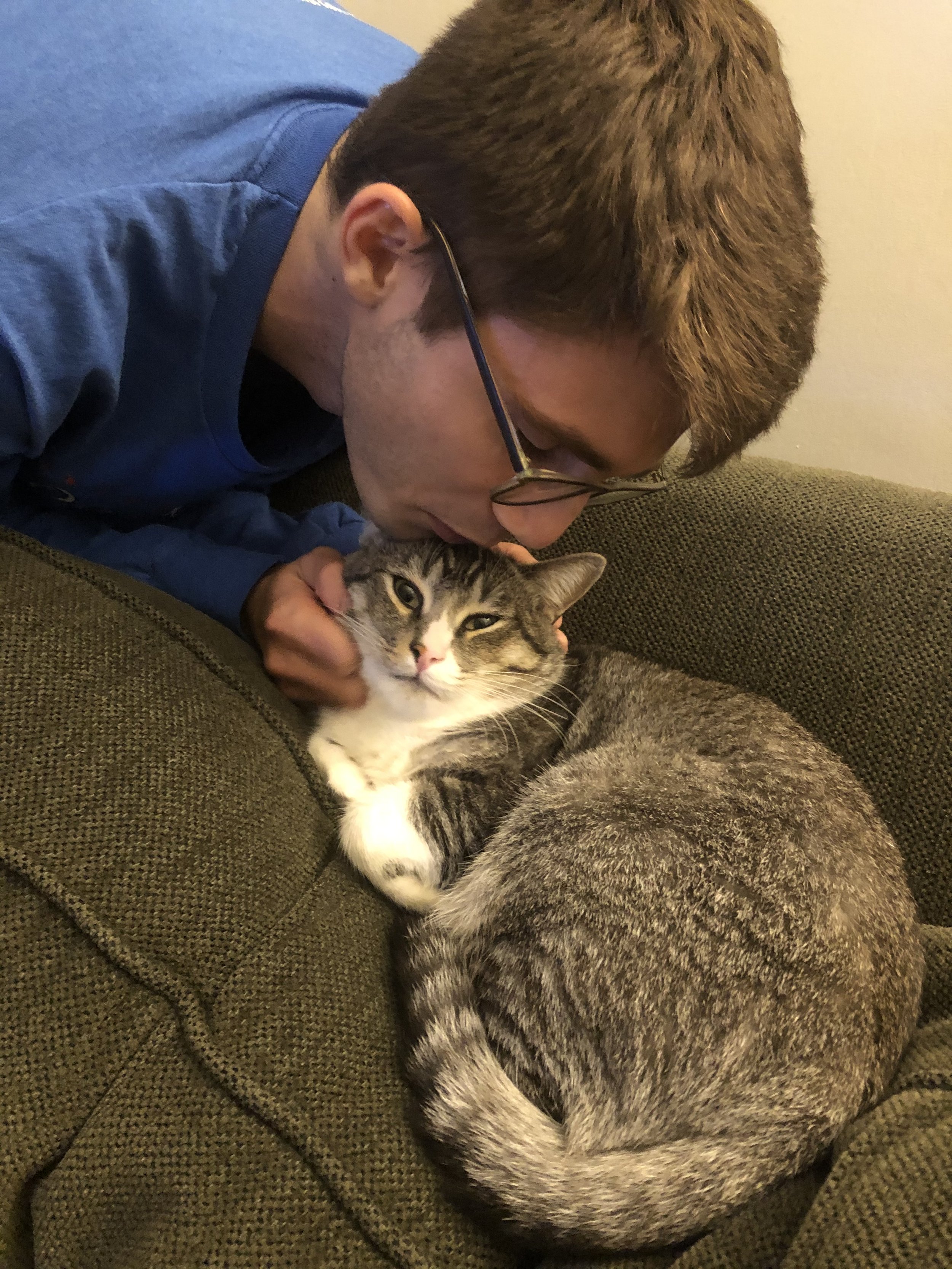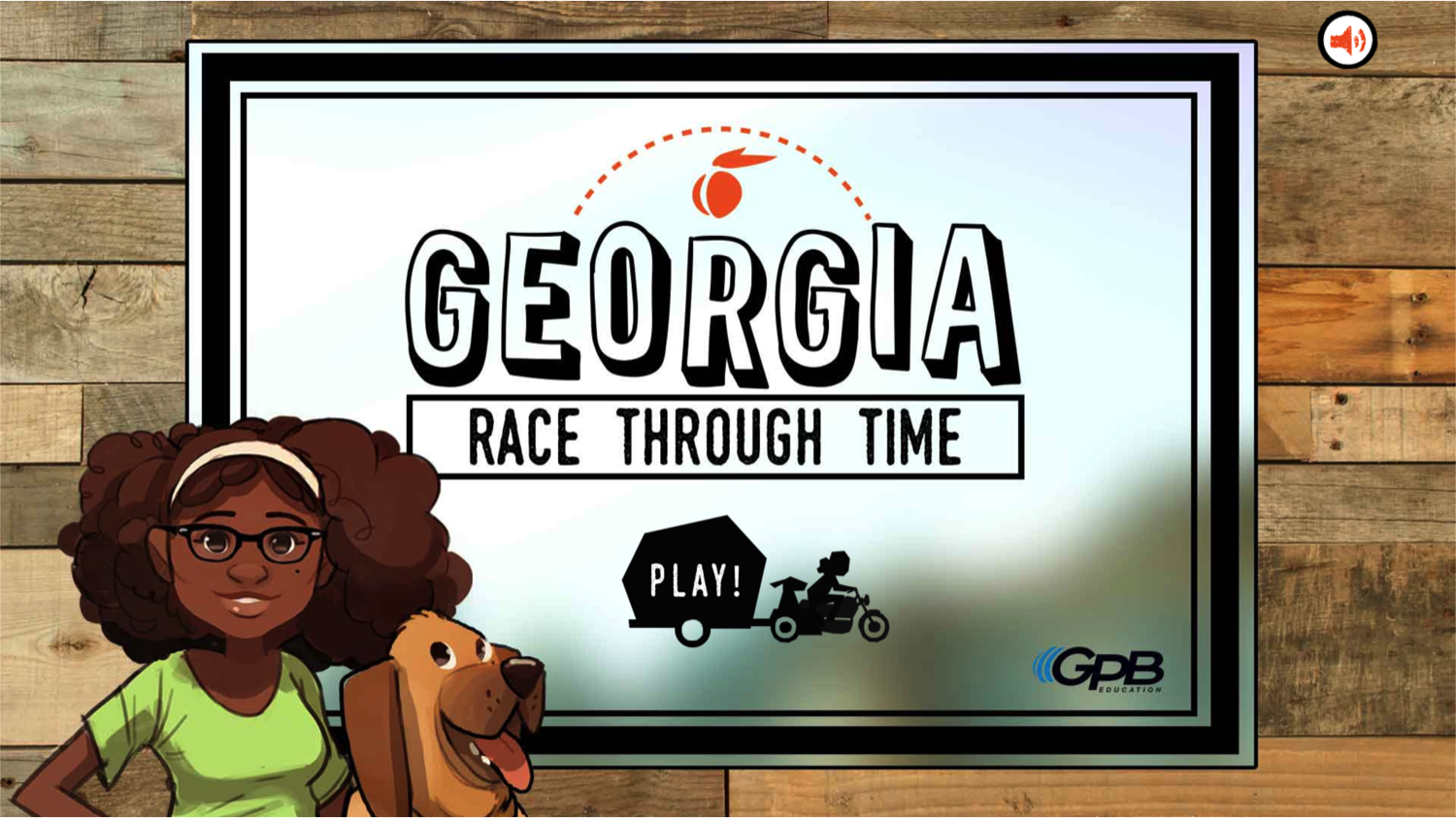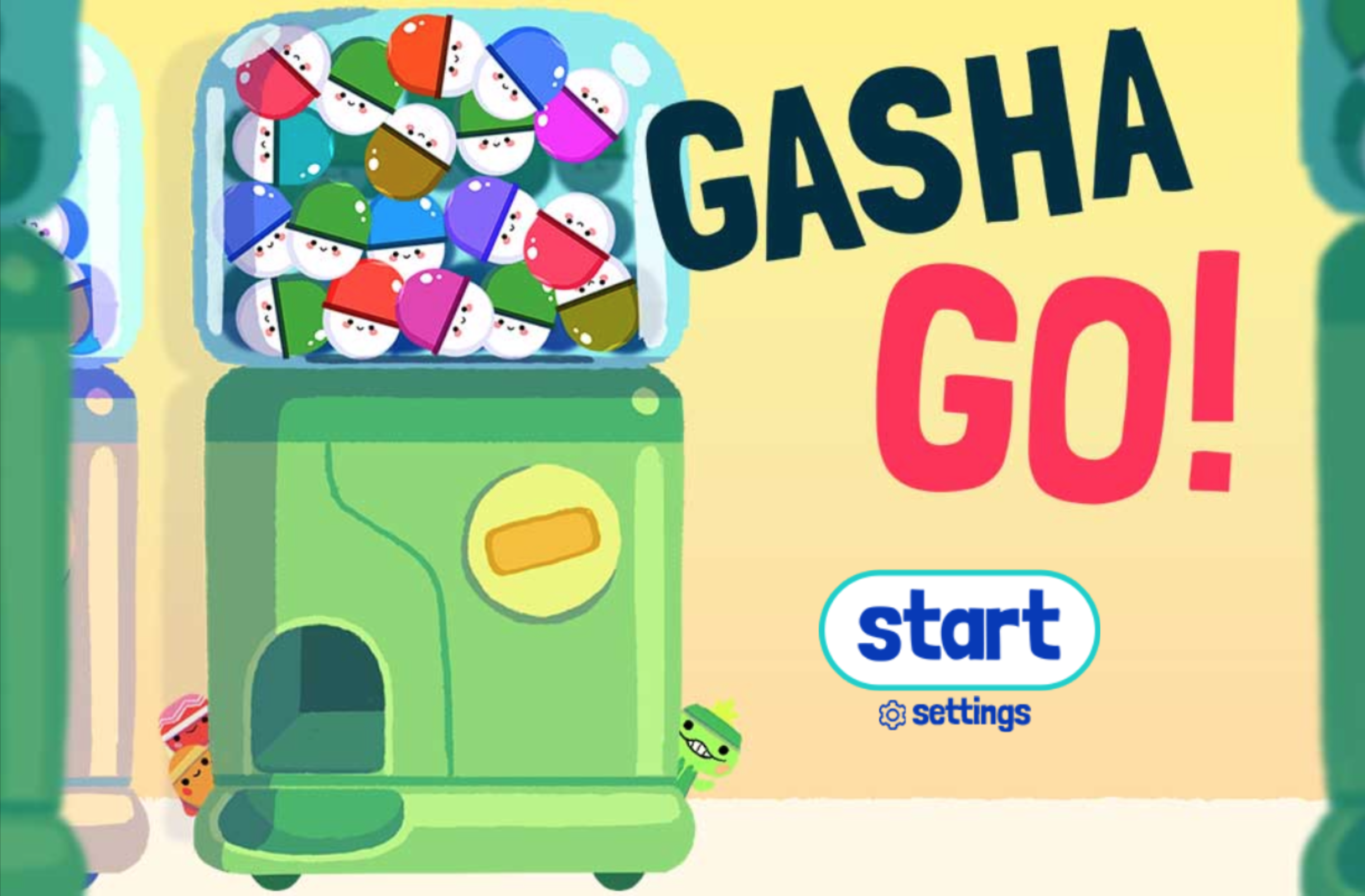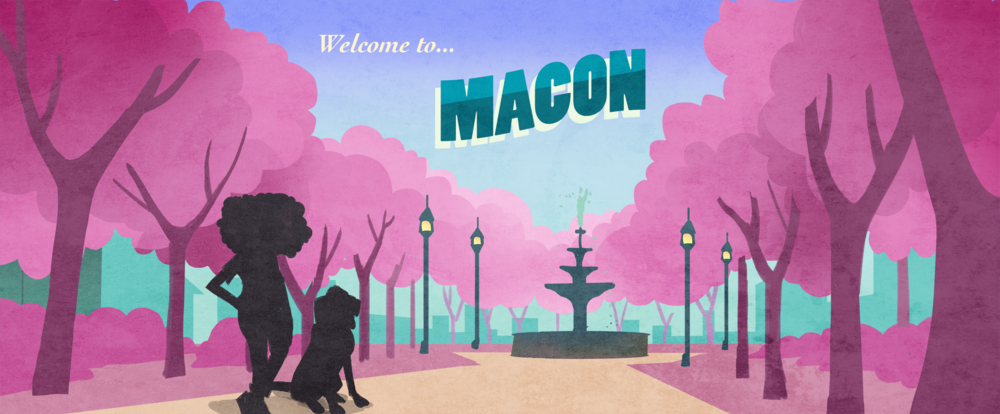Erik Laats’ keen eye for design and game-building background provide him with the perfect combination of skills to develop FableVision’s projects. After working for a startup in Boston and an advertising agency across the globe in Sydney, he came back to the east coast with revived gusto to pursue his passion of creating games and interactives. Erik approaches his projects with accessibility in mind, to ensure that all users have a fun experience.
“Everyone has a unique perspective, and I love designing and developing to accommodate ranging technical backgrounds, generational differences, and cognitive and physical disabilities,” says Erik. “The best designed experiences are ones that transcend these divisions.”
Read on to learn more about Erik’s typical day as a junior developer, his TikTok-famous pet, and his range of active and calming hobbies.
What’s your “journey to FableVision” story?
I have long been interested in animation and illustration and I was immediately drawn to FableVision’s clear affinity for beautiful, hand-drawn artwork during my senior year at UC Davis. Digging deeper, I was thrilled to find the company primarily built games and interactives with an educational bent – another interest of mine.
After a few months of email badgering, former Technical Director Brian Grossman agreed to speak with me. While I had an interest in developing games and websites, my experience was primarily in design, so FableVision decided to go with Nathan Wentworth, and I was left to continue my job search.
With a little luck, I found myself as the designer in a tiny software startup (then SYRG, now HourWork) in Boston. At such a small company, I had plenty of opportunities to help the developer team, so I pitched in whenever I could. Between these moments and a few personal game projects, I grew my confidence in technical work.
In 2019, my partner and I moved to Australia, and I found a position as a “creative technologist” at a trendy advertising agency in Sydney. It was the perfect hybrid of technical and creative work, providing me with a great chance to expand my technical abilities with my design background.
Upon returning to the United States once the pandemic began, Brian put me in touch with Jordan Bach, our current technical director, who was looking for new freelancers. After freelancing for about six months, I joined FableVision as a full-time junior developer!
What’s a typical day like for a junior developer?
I like to start the day by taking the cat for a walk and doing The Mini Crossword. Once that’s taken care of, I’ll dive right in on my current project. I am usually scheduled for one or two projects over the course of a week, so I’ll spend my morning crunching through new features or handling thoughtful client feedback.
Most days are broken up by a few client meetings, which are a nice break from the code editor. I’ll work closely with the producer or other team members to make a development plan to accommodate client requests. In the quiet moments, I like to investigate new technologies and fiddle with prototypes. If I can, I try to sneak any interesting things I’ve learned into current projects.
How does your experience in design help you create projects at FableVision?
Design and development form a symbiotic circle – one cannot exist without the other. While designing, it is useful to consider the limitations of the technology you’ll be using so you can make informed decisions. Conversely, when developing based on a design, it’s common to stumble across an edge case or some design question that wasn’t caught in the design phase. I do my best to solve these problems on my own, keep the development moving forward, and ensure the project stays on track.
Screenshot from Michael’s Flowers, a game created by Erik.
How have you approached accessibility in games and why is doing so important?
While technical accessibility – which includes things like screen reader and keyboard usability – is super important, I am also interested in exploring accessibility in a broader sense. Is this generally easy to use? Is it easy to find? Will someone with no prior knowledge be able to enjoy and understand this? I try to keep different perspectives in mind to create the most effective experiences.
What have been some of your favorite FableVision projects?
I loved working on Keenville, created in partnership with the Georgia Department of Education (GaDOE) and Georgia Center for Assessment, because it was exciting to be on a team with developers for a large, technical project. Keenville closely embodies why I was drawn to FableVision – beyond the technical challenge, it strives to build its own imaginative universe, complete with a comprehensive world, dozens of games, and a sense of agency. I would love to see this package expand.
I also like the GASHA GO! World games from Georgia Public Broadcasting. I worked on Claw Control, which was a perfectly sized project that allowed me to take ownership of it. The huge emphasis on art and creative design led to clever interfaces that joined them together successfully in the program.
What do you hope to work on in the future at the studio?
I would love to work on a larger-scale, narrative-driven Unity game, with an emphasis on storytelling and relevant player decisions. I find these types of games very compelling, and I enjoy the challenge of building a game that accounts for player agency. These are fun to create from both a development and design perspective, especially if the game needs to be educational, too. The last FableVision project like this that comes to mind is Wanderlight.
You enjoy creating your own games and comics! What’s a side project you’re currently working on and from where do you draw your inspiration?
In my college days, one of my biggest hobbies was playing Super Smash Bros. Melee competitively. My school had a big tournament scene and people met weekly to host brackets, watch events, and hang out. It was amazing to be a part of a passionate community and inspiring to see the positive effect an old video game could have on people. While I still play for fun and go to the occasional tournament, Melee is more on the back burner these days. It will always be important to me and a foundational part of why I love making games.
Recently, I've been drawing inspiration from my cat, Winston. He’s so ridiculous that it’s hard not to imagine him as a silly protagonist in a comic or a game. Since he loves cinnamon, in my latest project, players use their fingers to draw lines of cinnamon in the sky. Winston follows those lines on a skateboard and the goal is to reunite him with his three best friends – cow, ham bone, and donut (his favorite toys). It’s a prototype right now, but someday I hope to finish it. A while back, I made an idle game where Winston fishes and then stops to play his Nintendo Switch. The player has to tell him to fish again.
As a present for my partner, I wrote a dozen or so comics about Winston. They depict some key moments, including his adoption, our daily interactions, and when he gets too hot.
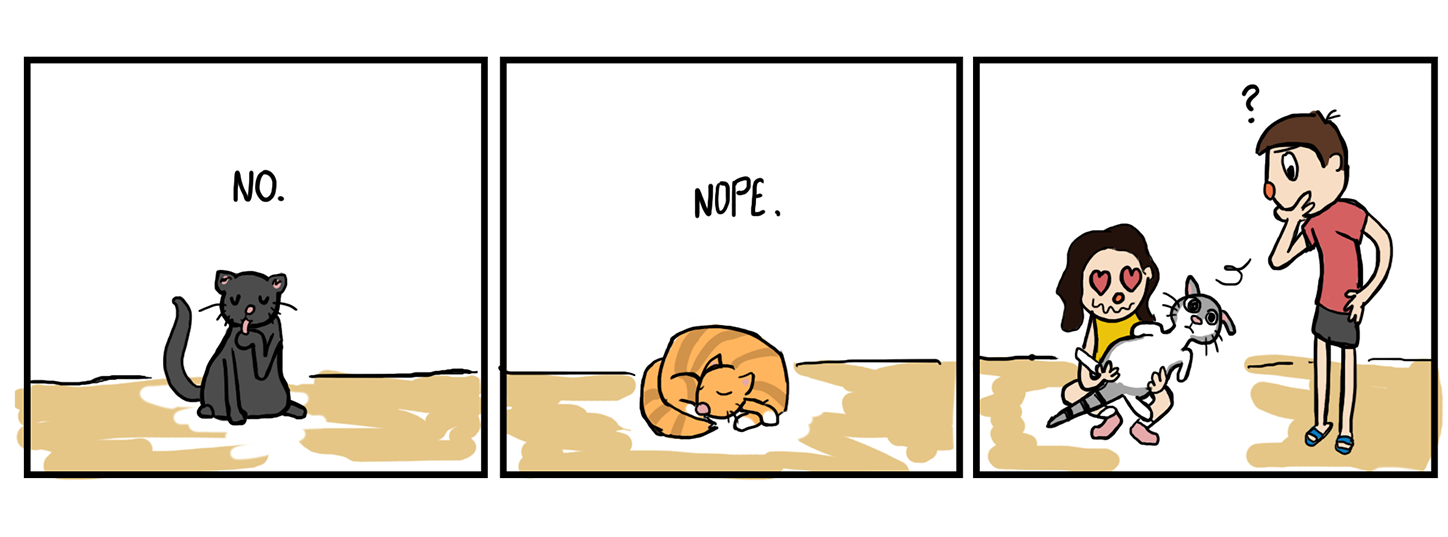
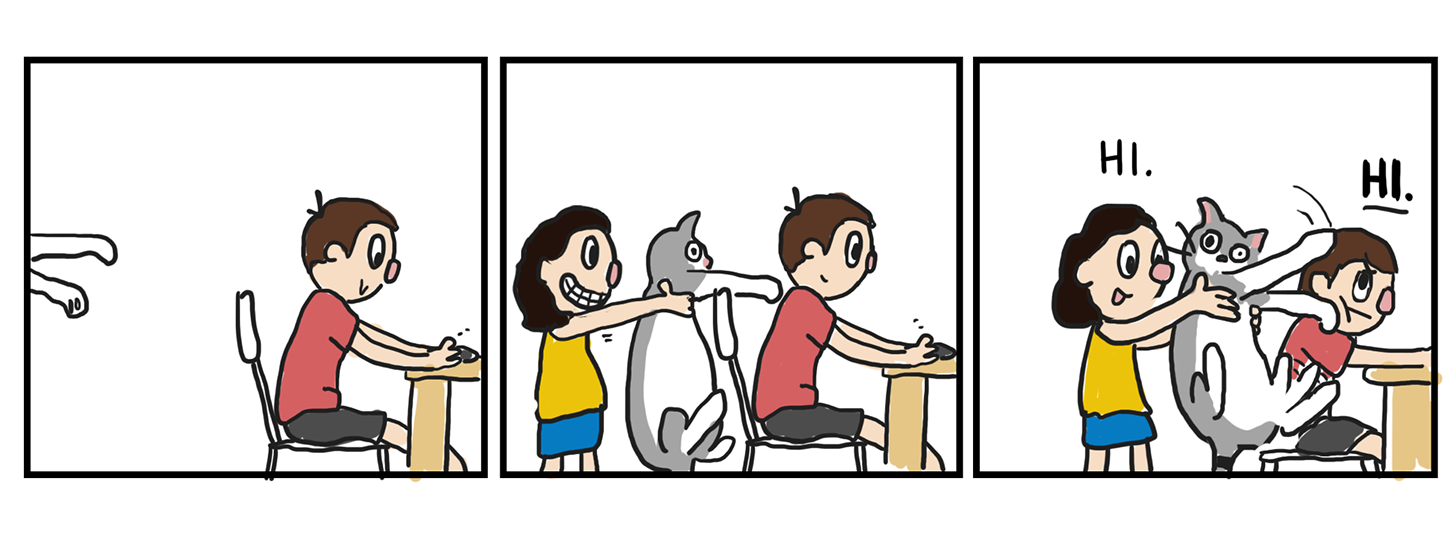
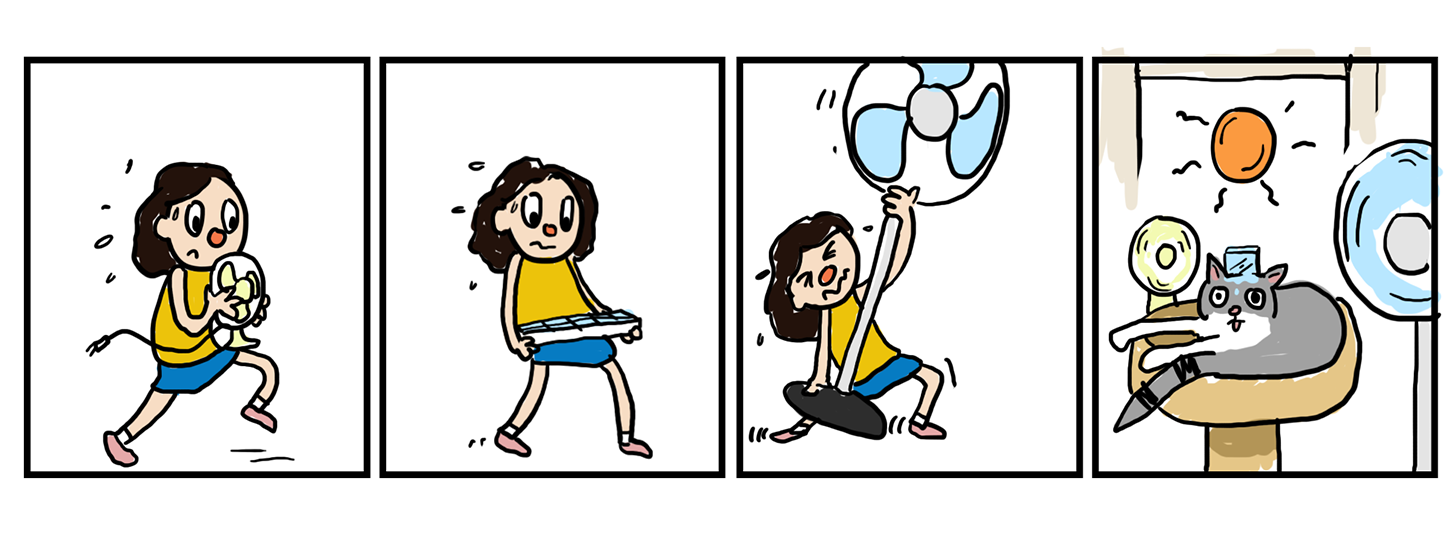
Speaking of Winston – tell us more about him!
When we adopted him from a shelter in 2020, he was a skinny and scrawny 6-month-old kitten with a biting problem. He’s since filled out nicely into a full-grown adult menace! Like all cats, he’s got some quirks, and my partner built a big following on TikTok around his love for cinnamon. I don’t want to out Winston, but he’ll snuggle anything… although cinnamon is definitely his favorite!
He’s not the brightest bulb, but he loves to play and go on walks and nature hikes. It’s hard to get him out of the door sometimes, but he’s great at coming home to the food – he’ll run all the way back with his ears down.
What are some of your hobbies?
When I started working, I took up rock climbing to combat sitting in an office. It’s fun to risk life and limb, jumping from rock to rock, feeling alive! I’m unable to think about anything else at that time, so I have no choice but to stop worrying and being stressed out. It’s a fun escape.
Since the pandemic, I’ve also started paying more attention to birds. While birding may have a lame reputation, it’s a useful way to stay present. No matter where you are, you can step outside and listen to the birds. I’ve slowly learned how different birds look and sound, and it is so satisfying when something flies by that you recognize.
More About Erik
A picture of a cardinal taken by Erik.
Favorite game? Super Smash Bros. Melee – I’ve been playing it since I was six. A close second would be Undertale.
Favorite Pokémon? That’s tough. The child in me says Lugia, but I also like Surskit, he’s a cutie.
Favorite bird? The green heron. They don’t look like your typical herons – they’re still hunters, they hide in the weeds, and wait for hours. It’s my goal this summer to get a nice picture of one.
An Erik fun fact that most people don’t know? When I was 10 years old, I jumped off the swing and “obliterated both of my arms at once,” as my doctor said. That was a defining moment for me and it took me about a year to recover. I had to serve spaghetti at a school fundraiser with my two enormous casts.







